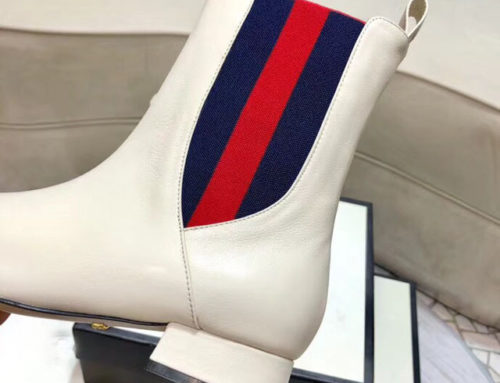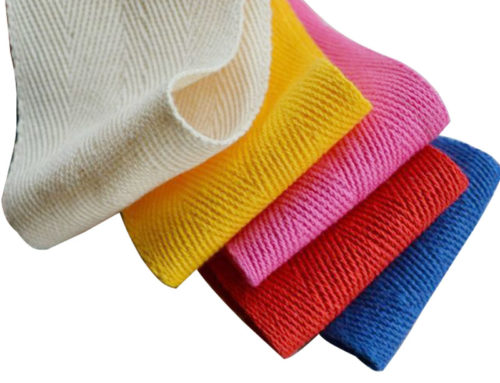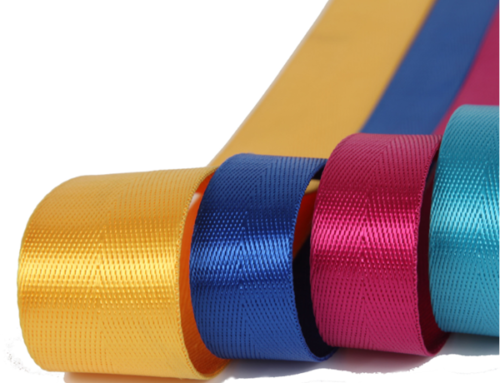Manufacturers of sportswear understand the importance of selecting the right materials for their designs. From the type of fabric used to the zippers, every component plays a crucial role in creating the perfect garment. Elastic bands are no different. In fact, they are a critical component of many types of sportswear, including tops, bottoms, and undergarments. If you are a manufacturer of sportswear, you may be wondering how to choose the right type of elastic band to suit your needs.
Elastic bands are important because they provide stretch and support to clothing, enabling wearers to move more comfortably and freely. But not all elastic bands are created equal, and different types of sportswear may require different types of elastic bands. Here are some factors you should consider when choosing the right elastic band for your sportswear manufacturing needs:
-
Material
Elastic bands can be made from a variety of materials, including cotton, nylon, rubber, and spandex. The material you choose will depend on the specific needs of your sportswear. For example, if you are making shorts or leggings that need to stay in place during high-impact activities, you may want to choose an elastic band made from a material like rubber or spandex, which have a higher degree of elasticity and can provide more support. If you are creating a more breathable garment, such as a tank or t-shirt, you may want to select a cotton elastic band that allows for more air flow.
-
Width
The width of an elastic band is also an important consideration. A narrow elastic band may work well for leggings or swimwear, while a wider band may be better suited for a bra or athletic shorts. Generally, the wider the elastic band, the more support it can provide. However, wider elastic bands can also be less comfortable to wear, depending on the specific design of the garment.
-
Stretch
The degree of stretch of an elastic band is also an important factor to consider. Different elastic bands have different levels of stretch, and the level of stretch you need will depend on the activity the sportswear is designed for. For example, high-stretch elastic bands may be more appropriate for yoga or dance, while lower-stretch bands may work better for running or weightlifting. Additionally, the degree of stretch may impact the overall durability of the elastic band, as higher levels of stretch can lead to faster wear and tear.
-
Durability
Durability is crucial when it comes to sportswear, and elastic bands are no exception. You will want to select an elastic band that can hold up over time and through multiple washings. Additionally, you may want to consider the specific design of your garment when choosing an elastic band. For example, if your garment has seams that will be exposed to a lot of stress, you’ll want to choose an elastic band that can withstand the pressure.
Overall, choosing the right elastic band for your sportswear manufacturing needs requires careful consideration of several key factors. By taking into account the material, width, stretch, and durability of different elastic bands, you can select the perfect component to create sports apparel that is both comfortable and functional.
If you are looking for a professional elastic band supplier for your sportswear manufacturing needs, look no further than Amanda Textile Co., Ltd. As a leading elastic band supplier from China, we offer bulk elastic bands in a wide range of materials and colors to suit your specific requirements. We also provide custom elastic band options, allowing you to create unique designs that perfectly match your brand image. For more information on our elastic bands and other product offerings, contact us at sales@amdwebbing.com.




